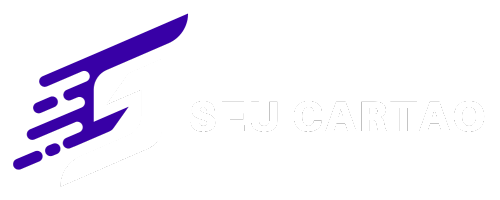Managing multiple credit cards can be challenging, especially when it comes to tracking due dates, minimum payments, and interest rates. Without proper organization, you risk missing payments, accumulating debt, and damaging your credit score. However, with a structured approach and financial discipline, you can effectively manage multiple credit cards without feeling overwhelmed. This guide will help you develop an effective strategy to handle the payment of more than five credit cards efficiently and avoid financial pitfalls.
1. Organize Your Credit Cards
Create a List of Your Cards
Start by listing all your credit cards with the following details:
- Card issuer
- Credit limit
- Outstanding balance
- Interest rate (APR)
- Minimum payment
- Due date
Having all this information in one place will help you visualize your financial situation clearly. This step allows you to identify which cards carry the highest interest rates and which ones have upcoming due dates, ensuring you stay on top of your obligations.

2. Prioritize Payments Strategically
Snowball Method
This method involves paying off the smallest debt first while making minimum payments on the others. Once the smallest balance is cleared, redirect that payment toward the next smallest debt. This approach provides a psychological boost as you see quick wins, motivating you to continue reducing your debt.
Avalanche Method
If you want to minimize interest payments, focus on paying off the card with the highest interest rate first. Continue making minimum payments on other cards while aggressively paying down the most expensive debt. While this method may take longer to see significant results, it saves you more money in the long run by reducing the total interest paid.
3. Set Up Automatic Payments
To avoid late fees and missed payments, set up automatic payments for at least the minimum amount on each card. Automating payments ensures that you never miss a due date, which protects your credit score. You can then make additional manual payments on priority cards to accelerate debt reduction. Additionally, consider aligning payment dates with your paycheck schedule to ensure sufficient funds are available.
4. Consolidate Debt If Necessary
If managing multiple cards becomes overwhelming, consider consolidating your debt through:
- Balance transfer credit cards: Transfer high-interest balances to a card with a lower or 0% introductory APR. This can help you pay off debt faster without accruing additional interest.
- Debt consolidation loans: Take out a personal loan with a lower interest rate to pay off multiple cards. This simplifies repayment by combining multiple debts into a single monthly payment.
- Home equity line of credit (HELOC): If you own a home, you may qualify for a low-interest credit line. However, this option should be used cautiously, as it involves using your home as collateral.
5. Monitor Your Credit Utilization
Credit utilization (the ratio of your balances to your credit limit) significantly impacts your credit score. Aim to keep it below 30% on each card and overall. If possible, make multiple payments per month to reduce utilization. Maintaining a low credit utilization rate not only improves your credit score but also demonstrates financial responsibility to lenders.
6. Reduce Unnecessary Spending
If you struggle with high balances, evaluate your spending habits. Identify non-essential expenses that can be cut or reduced, such as dining out, subscription services, or impulse purchases. Redirecting these funds toward debt repayment can accelerate your progress. Consider using only one or two cards for daily expenses while focusing on paying down the others to prevent balances from growing further.
7. Contact Credit Card Issuers
If you’re facing financial difficulties, reach out to your card issuers. Some may offer:
- Lower interest rates
- Temporary hardship programs
- Flexible repayment plans
Being proactive in communicating with your creditors can help you negotiate better terms, reducing financial stress. Many banks and credit card companies are willing to work with customers experiencing hardship, especially if you have a history of on-time payments.
Conclusion
Managing payments for multiple credit cards requires discipline, organization, and a strategic approach. By tracking your accounts, prioritizing payments, automating processes, and reducing unnecessary expenses, you can regain financial control and work toward debt freedom. While it may take time, consistency and smart financial choices will help you eliminate debt and improve your financial well-being. Stay proactive, make informed decisions, and take control of your credit card payments to ensure a stable and secure financial future.





